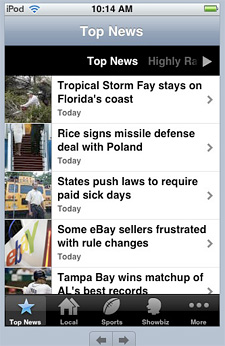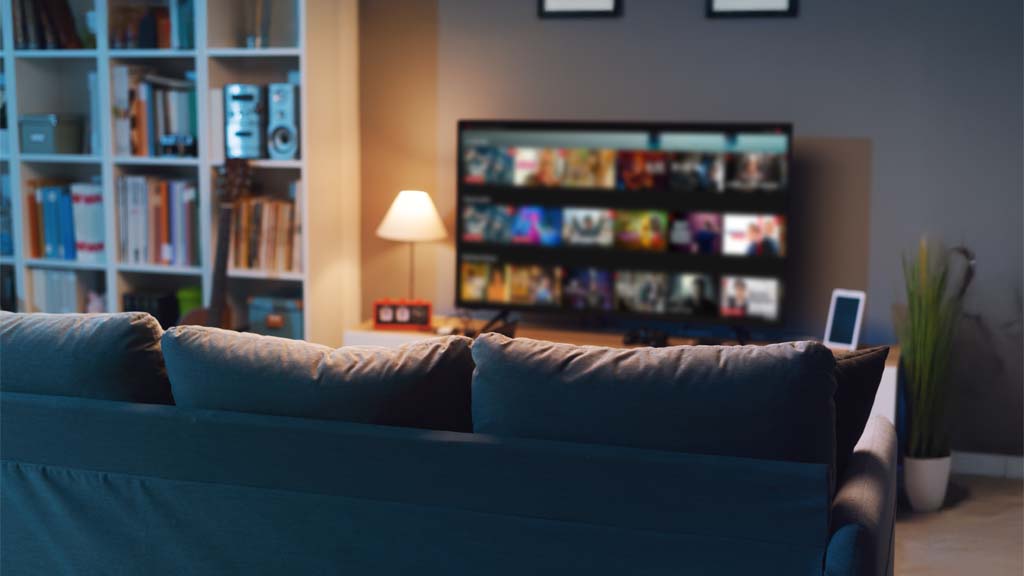Newspaper Cutbacks: An Opportunity?
During the past several months there have been increasing cutbacks at many newspapers and some have closed. This is due in a large part to shrinking advertising revenues because of the economy and its impact on local advertisers. A recent article by the AP sums it up best, "Newspaper decline accelerates as soft economy puts further pressure on ad revenue and jobs."
More and more newspaper readers are turning to TV and the Internet for their primary source of news. Yes, TV. This is being driven by the low cost and ease of obtaining news electronically. Change is happening and advertisers are following them to the Internet.
This is an incredible opportunity for broadcasters in that they have already established an online presence and advertisers have followed. The problem is that these sites are trying to be all things to all people as an attempt to draw large numbers of people to their sites and in turn tell advertisers that the audience is here.

Fig. 1: News headlines are front and center on this mobile device. I sometimes wonder if the people who design and approve news Web sites—newspaper and TV—are designing as if they are paying for every pixel and therefore try to stuff as much as they can onto a page. Take a look at these sites:
Now look at Fig. 1. Notice anything different? The content is front and center—simply displayed and easy to read. Make it easy for viewers or readers to get the content they want and they will come. If the viewers and readers come, so will the advertisers.
To be fair, this screenshot is the AP's Mobile News Network application for the iPhone. Some 60 million applications have been downloaded from the iTunes App Store since July 10, the day before the iPhone 3G launch. If you browse the App Store, you will see that a lot of the news applications are similar—A picture and a few lines of text and an easy navigate on system.
When I was launching NY 1 News for Time Warner Cable, I was very fortunate to have worked with two incredibly talented news professionals: Paul Sagan and Steve Paulus. Both of them had spent most of their careers at WCBS but they knew that we couldn't cover the five boroughs of New York City 24/7 with one-third the people they had at WCBS to produce five hours of news a day. We spent a lot of time looking at workflows and technology and followed a few simple rules. It's possible and it's good enough. At NY1 we started with Hi8 cameras, had reporters shoot their own stories and had producers create and insert graphics and drive air from their rundowns. It worked.
If broadcasters would adopt this same strategy, re-examine their workflows and apply what they have learned from watching the Internet and technology bring news to anyone anywhere using things like Flip Cameras—then they can win.
So all of you are now asking: How do we do this? Here's how: Think of yourselves as content producers, not broadcasters. You already have spent many years establishing your brands in your communities, so people know who you are and whether or not they can count on you to bring them the news they need about their community. Now the challenge is how to reinvent yourself as the place where your viewers can go for all their news, no matter what the platform.
CONTENT IS KING AND IT'S NOT JUST ABOUT UGC
Many in our industry think that they can cheaply increase the amount of content they have by soliciting UGC (User Generated Content). At the same time, we pride ourselves as being credible journalists and bring you the news in a professional manner by filtering out the junk and reporting what's important, at least in our eyes. UGC has its place, as a supplement to our regular coverage, but we need a cost-effective way to add content to our offerings. Consider this:
What if we gave everyone on our staffs a Flip Video camera? These cameras allow you to shoot, edit and post videos quickly and easily. The quality is pretty good and they cost $180 each. If they had a laptop, they could upload from the field by plugging the camera into the USB port and launching the Flip Video application. It allows you to upload to MySpace, YouTube and AOL. You could set up a user account on these sites for your station and a producer could pull the video off of the site and post it to your site quickly an easily. It's possible and good enough!
Now imagine if we gave Flip cameras to every newly laid-off newspaper reporter in your community. If you make it easy for them to report and give you the video, they probably will come. You could probably employ them as stringers to start and pay them more if they bring more stories. It's possible and good enough!
WHEN THEY WANT IT, WHERE THEY WANT IT
OK. You are news content producers and distributors. You do have different ways of distributing your content other than your normal newscasts. You have your Web sites, you could have an iPhone App, you could set up an IP network using the ATSC mobile standard and give away a consumer device that has the ATSC mobile decoder; you could establish a YouTube page so viewers can upload video from the Flip cameras you gave away in that "citizen journalist" contest.
We need to be where the users are. The Internet allows them to get content easily. Users utilize iPhones and the iPod Touch on a daily basis. People don't have time to sit and watch the 6 p.m. news. We need to reinvent ourselves and let our viewers know that we are where they are. If we are, they will watch us on all platforms and the advertisers will follow.
It's possible and it's good enough!
The professional video industry's #1 source for news, trends and product and tech information. Sign up below.
